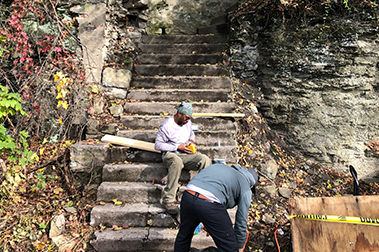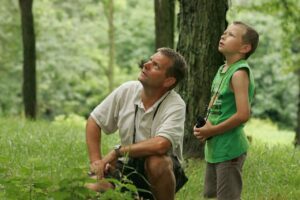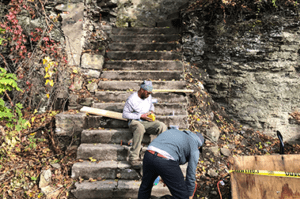
How Local Efforts Support Scenic Conservation
Over a period of three days in February 1998, people across America came together over the internet and a love for birds. This was the start of the Great Backyard Bird Count (GBBC), “the first online citizen-science project to collect data on wild birds and to display results in near real time.” The project went global in 2013, and has continued to expand, with avid bird watchers and casual participants alike cataloging the birds they see and hear from all over the world.

The GBBC is fun and engaging, but it’s also a significant contribution to science. Participants’ data helps highlight trends in bird populations that speak to species health, climate impacts, migration patterns, and more. And the GBBC is not alone in this. Around the world, citizen science projects and community engagement initiatives are vital opportunities for locals to make meaningful change and bolster conservation efforts of all kinds. Here’s a look at these methods of involvement and how they can support the preservation of America’s scenic beauty.
What Is Citizen Science?
Citizen science, also known as community science, refers to the involvement of the general public in scientific research, often as volunteers collecting data or participating in research projects. Citizen science is an incredibly beneficial way to engage the public in scientific inquiry. It boosts communities’ scientific literacy and provides valuable data for researchers at the same time. These initiatives have been successful in various fields, including ecology, astronomy, and public health.
Why Is Community Engagement Important?
Community engagement and civic engagement refer to the ways in which individuals and communities participate in and contribute to the decision-making processes and activities that impact their lives and communities. Community engagement examples include:

- Attending town hall or neighborhood meetings
- Participating in local clean-ups
- Meeting with local government officials
- Volunteering and service projects
These forms of engagement are important because they empower individuals and communities to take an active role in shaping their own futures and addressing the challenges they face. Community engagement promotes locally focused and locally led solutions to issues like visual pollution, energy equity, and urban sprawl.
Supporting Local Conservation With Scenic America
Local efforts are an essential part of our work here at Scenic America. Our leaders, local chapters, and individual supporters all know that community engagement and citizen science can be key tools for scenic conservation. We seek to educate Americans on the steps they can take to promote local conservation in their communities. Learn how you can:
- Support tree conservation
- Advocate for utility undergrounding
- Take action against billboards
- And more!
Here at Scenic America, we value our country’s scenic beauty and want to see it persist. We work to preserve the Scenic Byways, landscapes, and towns that define our nation’s visual character. Donate today to help us protect our beautiful places and the heart of our country’s character!